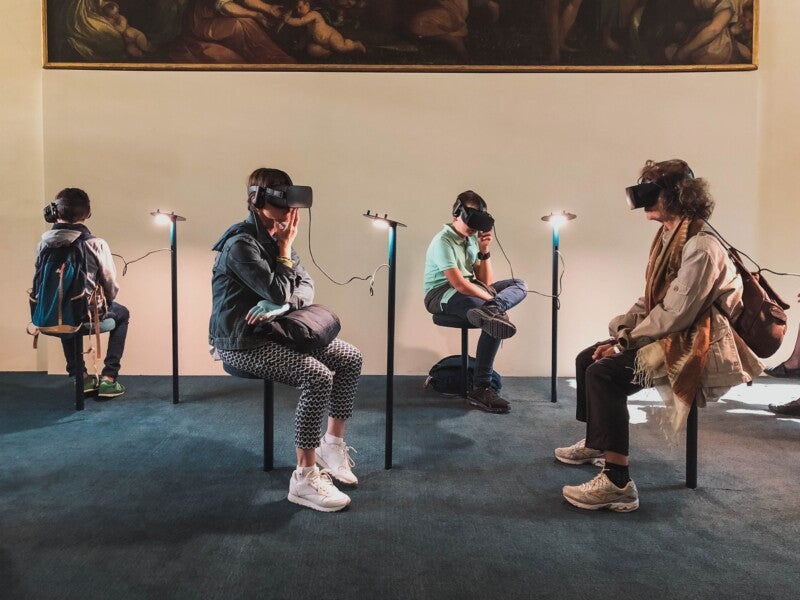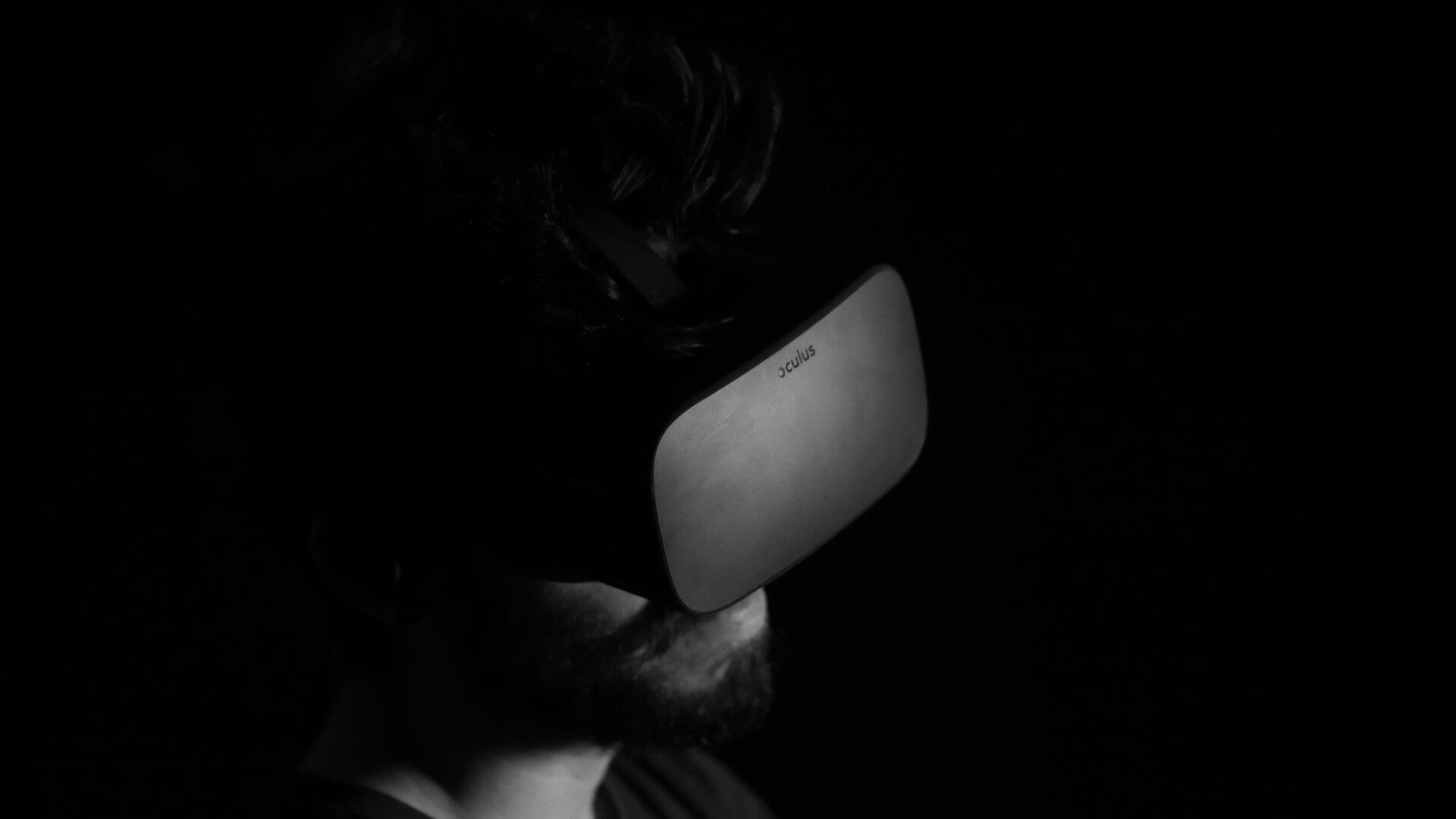Failure to Launch: What Happened to Virtual Reality?
It was supposed to be the next big thing. Hyped as a revolutionary future-tech that would transform the way we consume entertainment media and more. But while augmented reality has found plenty of applications across multiple disciplines, virtual reality never really got off the ground. So, why has this promising technology failed? And does VR still stand a chance?

1. Content and Hardware
VR suffers from a classic chicken and egg quandary. You need a headset to access the content, but if there is nothing worth seeing, then there is no point in forking out for the hardware. Companies have been reluctant to invest in creating content for what is still a niche market. Players are wary of investing in what may end up as an expensive white elephant.
Even online casinos, usually early adopters of this type of tech, have faltered when it comes to VR. There are a few real money casinos Canada, as found here, where you could be lucky enough to find one of the experimental VR casino games in existence. But developers have quietly put their VR casino plans on ice due to lack of interest.

2. User Experience
VR has been hyped since the 80s, so surely forty plus years is enough time to craft a fantastic user experience? It would seem not, as consumers have been quick to point out. Content, where it exists, is often weak and unimaginative, or of low quality compared to what we are now used to seeing on a screen.
The bigger problem appears to be that the headset is bulky and uncomfortable to wear, and the immersive experience comes with some unpleasant and disorienting side-effects. 3D movies were a flash in the pan, with many viewers complaining of headaches or nausea. VR, as it turns out, is even worse. It is not just a handful of people who report this – some level of physical discomfort is an almost universal part of the user experience. Naturally, this does not bode well for mass uptake.

3. Consumer Interest
Without even having to consider the preceding points, this may be the crux of the matter. VR headsets and content have been marketed largely towards the gaming demographic. There is just one problem – they don’t want it. New games already have incredible graphics, and gamers have decided that VR simply doesn’t add enough value to be worth investing in.
The exception to this seems to be with group entertainment. Instead of going paintballing or trying an escape room, many groups of friends and colleagues are opting to visit VR arcades. These locations allow players to experience the immersive tech to its fullest potential, which is never really possible at home. Unfortunately, the events of 2020 have put the brakes on this too.

Does VR Have a Future?
VR may not have become the ubiquitous technology that we thought it would be, but that doesn’t mean that there is no place for it. Game developers clearly still have some faith, as they continue to create new titles for the market. There may come a tipping point in the future when there is enough content for a decent percentage of gamers to start buying into it. Sales numbers for headsets aren’t made public, but there are indications that uptake is improving after a sluggish start. In 2020, Steam reports an estimated 1.7 million VR users on their platform – although this still represents less than two percent of the total.
The true value of VR lies beyond gaming. It can be a tool for job training, education and even healthcare. It is already being trialed as treatment aid for post-traumatic stress disorder, and to manage pain in burn patients. There are many beneficial applications for virtual reality, and the only limitation is our imagination.


















